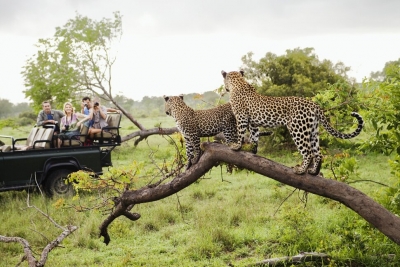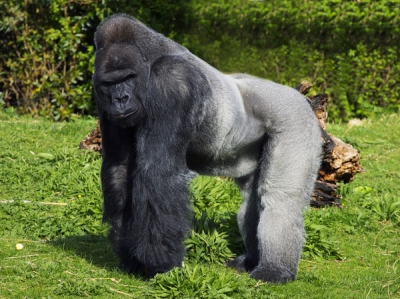
Barriers of any kind affect movement and migration of animals. For instance, the wall could come in the way of an animal’s search for water and food nearby. It could also stop animals on their long-distance migratory paths.
When he was the U.S. President, Donald Trump set off the expansion of the border wall between the U.S. and its neighbouring country Mexico. While he’s not the country’s President any longer, the incomplete construction stretching miles on end stands today, silently bearing testimony to human prejudice. It divided people on both sides physically and emotionally. But it appears to have affected more than just humans as with barriers anywhere globally, it has affected wildlife too.
Wildlife has no concrete borders, created singularly by and for humans. When humans introduce these barriers, wildlife struggle, to put it mildly. It has come to light that the case is no different with the U.S.-Mexico barrier. According to Cuenca Los Ojos (CLO), a transfrontier wildlife organisation, “camera trap photos and the conservationists own observations have revealed deer, mountain lions and black bears pacing along the border wall, confused and unable to access their former ranges”. “One family of boars spent five hours trying to get past the wall in search of water, according to CLO. Barriers of any kind affect movement and migration of animals. For instance, the wall could come in the way of an animal’s search for water and food nearby. It could also stop animals on their long-distance migratory paths.
Apart from animals, such walls can harm birds too. When these barriers are lit up at night, it can disorient both nocturnal birds and those on their long migratory journeys. While it is easy to presume that birds can effortlessly cross such barriers in daylight, the reality is different. A few birds are low-fliers, and different types of interferences in a natural landscape can leave them trapped in one place due to their inability to fly from it. According to research conducted a few years ago on the U.S.-Mexico border, “not only large roadways but also big agricultural fields and other types of landscape disturbance and segregation” affected the movement of ferruginous pygmy owl, a low-flying bird.
Erecting walls or barriers is not new. However, with the natural world already under threat from climate change, these human structures, especially in places rich in biodiversity, are likely to put further pressure on wildlife.
Picture Credit : Google





